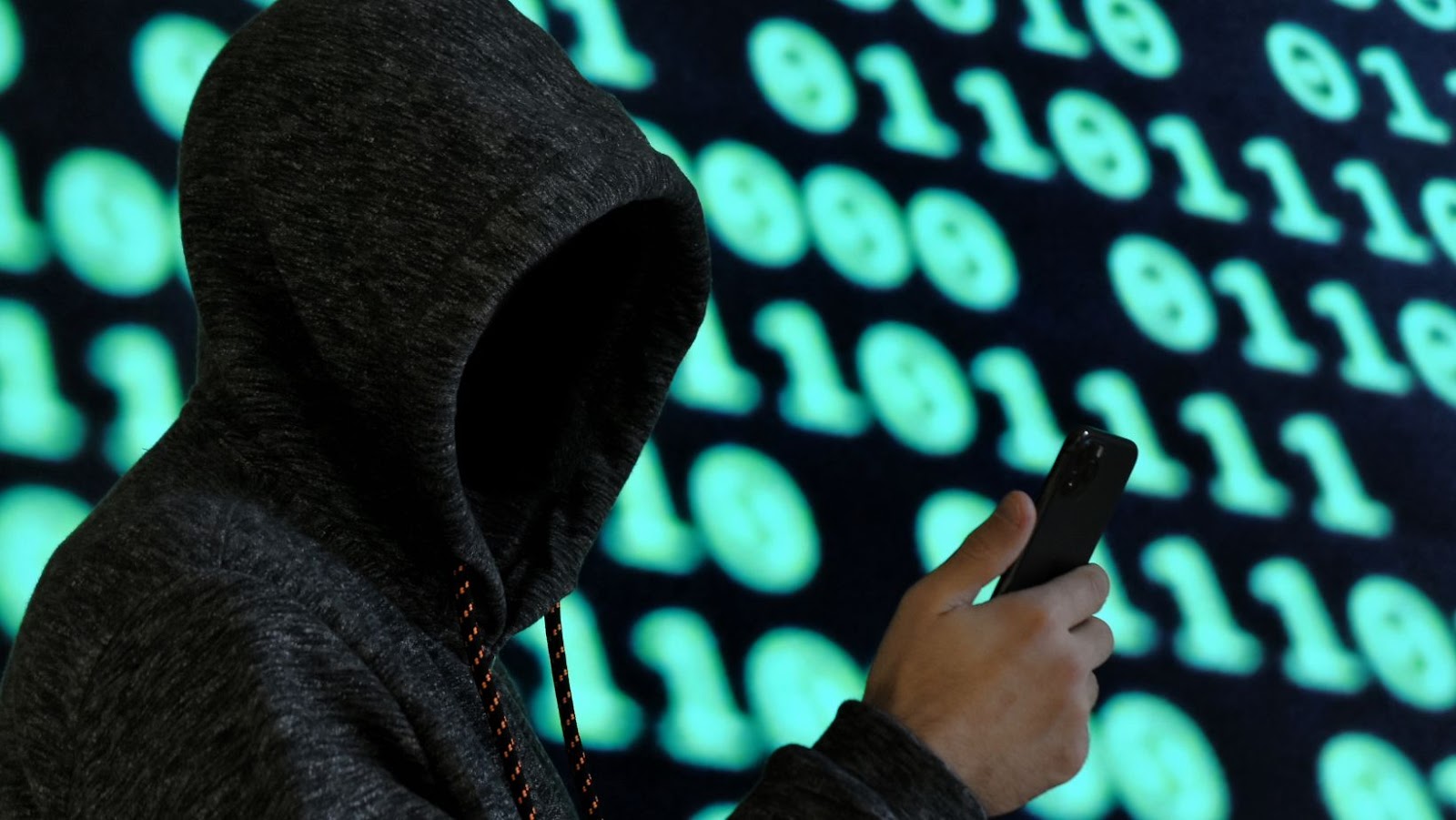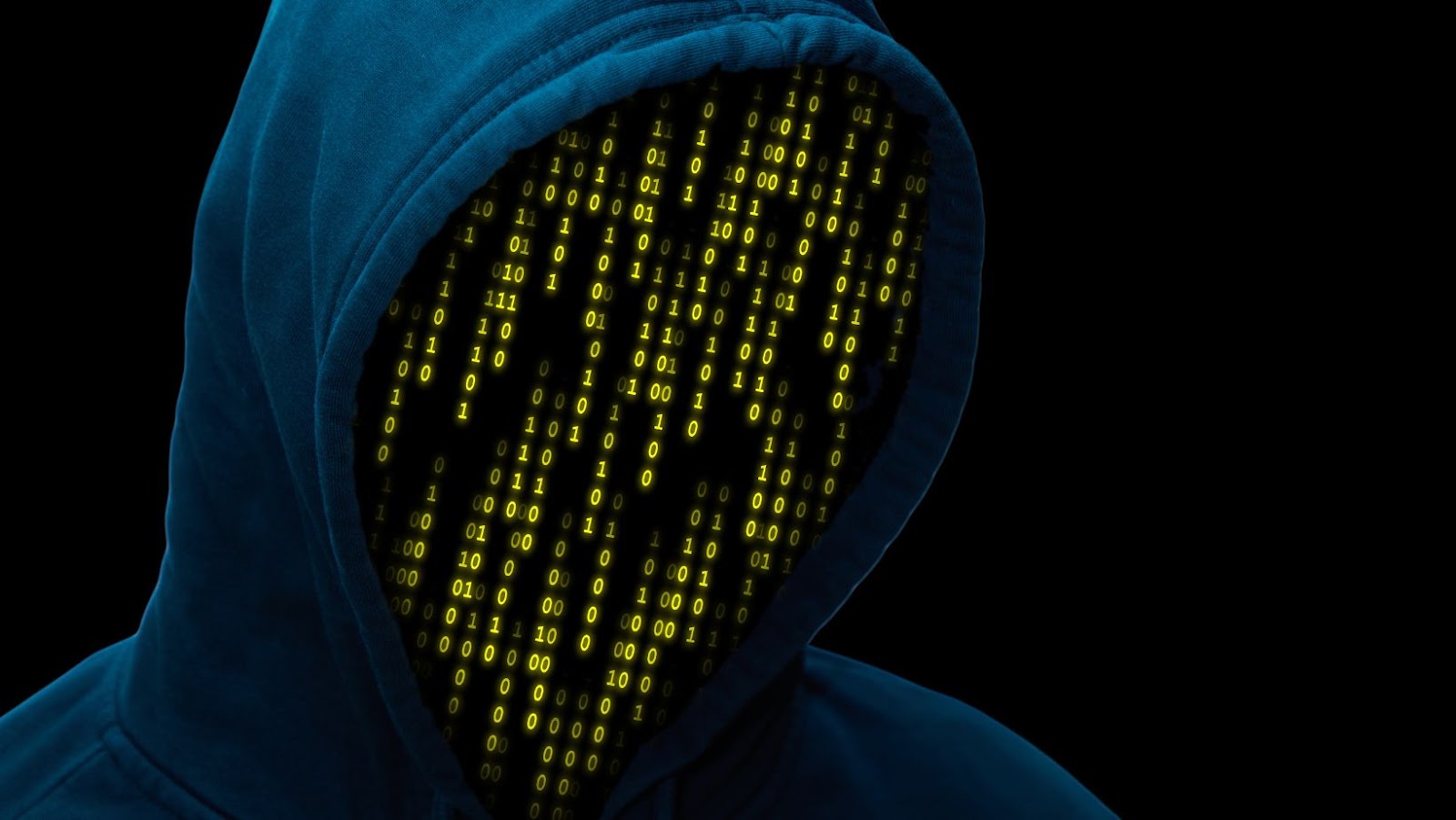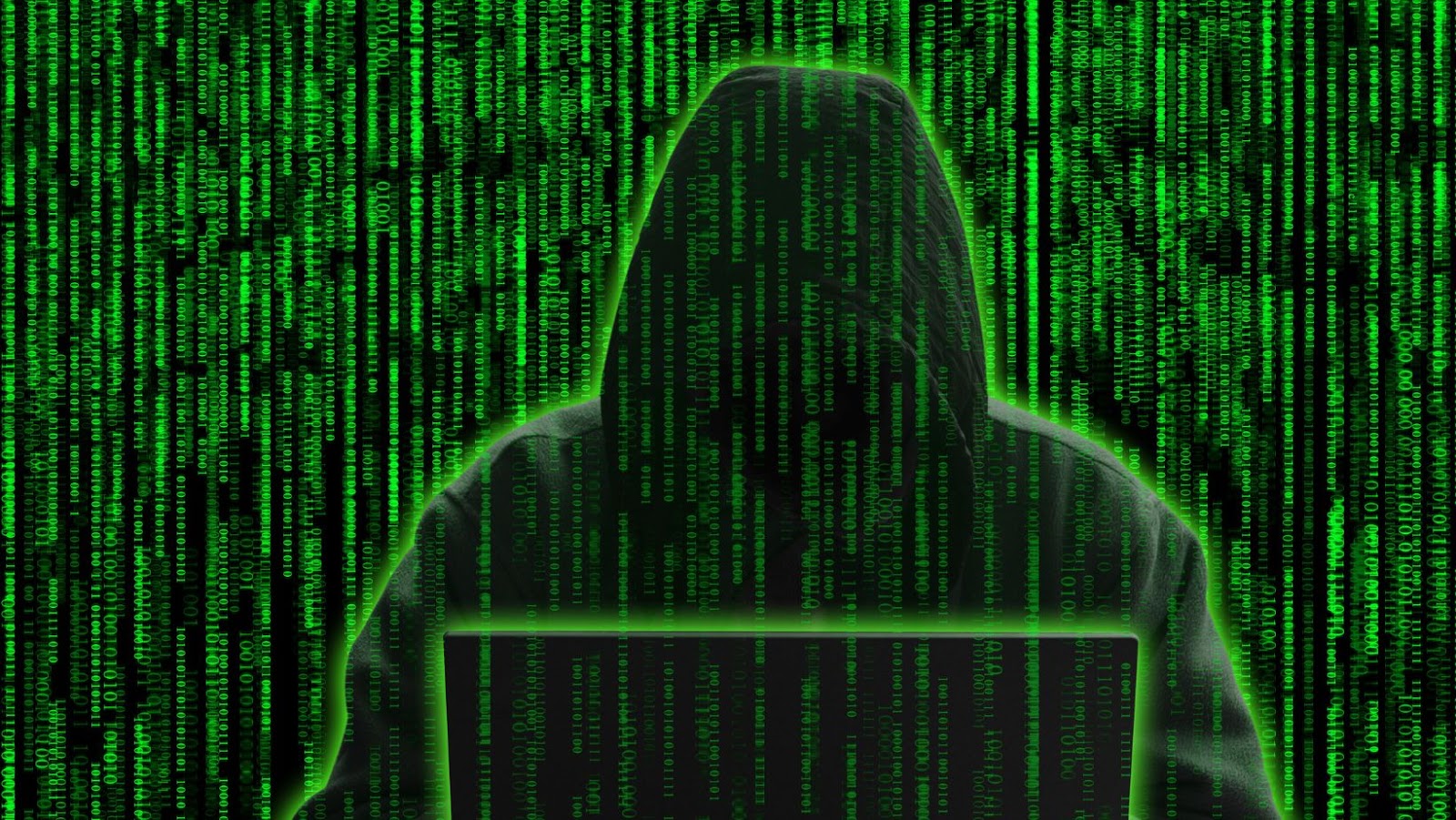
A Russian man pleaded guilty over one of the biggest-ever hacks, where 100 million people’s data was stolen from US companies like JPMorgan Chase
In 2016, a Russian man pleaded guilty to breaking into some of the world’s biggest companies, including JPMorgan Chase in one of the largest cyber-crimes ever. The hack was reportedly conducted from 2012 to mid-2015, and it was estimated that the personal data of more than 100 million people had been stolen from US companies.
In this article, we’ll take a closer look at the JPMorgan Chase breach and the people who were affected by it.
Overview of the JPMorgan Chase Hack
In 2014, JPMorgan Chase became a victim of one of the largest hacks in US history. During the breach, attackers accessed contact information including names, phone numbers, and email addresses of more than eighty million companies and individuals. While the bank’s security protocols prevented financial losses from the breach, its customers did not go unscathed. The compromised information was used for malware campaigns that exposed victims to malicious activities such as identity theft and fraud.
As a result of this cyber attack, over four hundred fifty thousand people and businesses were affected by the security breach. Aside from those previously, other data stolen included account numbers for JPMorgan Chase customers using services like credit cards or auto loans. Additionally, attackers may have access to health records from other companies using JPMorgan Chase’s online banking platform.
Though measures have been taken to ensure similar incidents will not occur again, it is important to consider who was affected and what long-term repercussions may have resulted from this hack so that we can protect ourselves moving forward. This article provides an overview of who was affected by the JPMorgan Chase hack and what steps they can take to limit further damage or exploitation of their personal information.
Who Was Affected by the Hack?
In 2015, an incredibly serious data breach occurred when a Russian man pleaded guilty to one of the largest hacks, resulting in data from over 100 million people being stolen from US companies like JPMorgan Chase and other large companies. This data breach is estimated to cost the companies hundreds of millions of dollars.
In this article, we will discuss who was affected, how the hack occurred, and the consequences of the breach.
JPMorgan Chase
Between June 2014 and July 2015, JPMorgan Chase was subjected to one of the largest cyber attacks in history, resulting in information theft from over 83 million customer accounts. The attack was conducted by hackers who exploited weaknesses in JPMorgan’s security protocols.

The breach had wide-ranging implications for JPMorgan Chase customers and the financial sector. In addition to compromising customer data, the breach exposed weaknesses in financial institutions’ anti-fraud measures and data protection protocols. As a result, industries have been forced to reevaluate their cybersecurity systems and update their procedures for protecting customer data.
JPMorgan was forced to cover all costs associated with fraud prevention due to the extent of the breach. Customers affected by the hack had their credit cards temporarily suspended or received new credit cards as a precaution by JPMorgan. In addition, all customers were provided with free credit monitoring services while they worked with law enforcement officials to help track down the hackers responsible for the attack.
Other US Companies
The 2014 JPMorgan Chase hack, also known as the biggest bank hack in American history, affected the bank and many other U.S. businesses. In addition, numerous other companies had their customers’ data stolen during the attack, including companies like Dow Jones and Scottrade.
Dow Jones, the family-controlled financial news company founded in 1882, reported that 3 million customers’ information was compromised during the JPMorgan Chase hack. This included names and contact information but not financial or account information.
Scottrade reported that 4 million customers were affected by this same attack with stolen personal data such as name, address and email address. However, again, no financial or account information was stolen due to this attack and there was no evidence that customer accounts were compromised in any way by this breach.
E*TRADE also reported that it had suffered a similar attack from the same hackers; personal data of over 1 million customers were compromised including names, contact details and Social Security Numbers (SSN). However there was no evidence of theft of funds from customer accounts or even unauthorised trading activities as a result of this incident.
The JPMorgan Chase hack demonstrates how easy it is to access large amounts of valuable information from multiple organisations simultaneously – if one US firm has been hacked due to inadequate security. All associated with it are potentially vulnerable to attack too. To protect ourselves and our customers we must ensure adequate cyber security measures are in place across all business operations today.
The Consequences of the Hack
In 2015, Russian National Andrey Tyurin pleaded guilty to hacking into over 100 million customers’ accounts of JPMorgan Chase. The hack, which lasted over five months, targeted the data of several major US companies and was one of the biggest hacks in history.
The repercussions of the hack were far-reaching and it is important to understand the implications and consequences of this event.
Financial Losses
The hack of JPMorgan Chase involved the theft of personal financial data from more than 76 million households and 7 million small businesses. This breach led to the compromised accounts, including customer names, addresses, phone numbers, emails, account numbers and other identifying information. The alarming nature of this attack caused economic impact on both affected customers and JPMorgan itself.
For JPMorgan Chase customers, there was an immediate financial burden regarding account replacement costs and expenses involved in addressing identity theft. Customers also faced inconvenience due to resetting passwords or taking other action to protect their information. Furthermore, the lack of clarity about which customer accounts were breached caused fear and apprehension about their future safety and security.
Beyond customer losses for the bank included direct costs related to the security breach such as legal fees associated with related lawsuits filed by those affected by the hack or those seeking compensation for investments made while misinformed due to the hacked data. In addition, absent any violation fines or penalties imposed by governmental authorities regarding privacy of consumer protection law violations – major indirect losses include decreased confidence in JPMorgan’s security systems and subsequent loss of customers who perceived greater safety with competitors’ services as well as reputational damage suffered due to negative publicity surrounding this event.
Impact on Customer Confidence
The 2014 JPMorgan Chase hack was one of the largest cyber security breaches in U.S. history, compromising the financial information of an estimated 76 million households and seven million small businesses. The massive security breach shook customer confidence, left consumers with a sense of insecurity about the safety of their financial information, and had wider implications for banks across the country.

Between 2014 and 2015, customers’ confidence in companies suffered significantly due to negative reports about cyber attacks on banking systems. For example, there were reports that hackers attempted to steal over $1 million from three banks in 2015 alone — Santander Bank, J.P Morgan Chase, and TD Bank — reflecting an increasing need for bankers to provide better security against cyber-attacks rather than resorting to traditional methods such as passwords or verification questions.
The breach also exposed weaknesses within JPMorgan Chase’s existing security protocols; even with its robust defence systems, such a large-scale crime could still occur without any prior warning indicating that these protocols may not have been adequate to maintain the bank’s desired levels of customer confidence.
The long-term fall out of this particular hack resulted in members of the board being held responsible by some shareholders for lacking suitable defence mechanisms against cyber attacks and driving down customer faith in banks across America. It also resulted in new heightened regulations from financial regulators offering increased protection for customers and investors’ data which have since provided some peace of mind when it comes to online banking security processes; however it is uncertain if this breach will affect how consumers view banking indefinitely or whether further changes need to be made before customers can trust their financial institutions again wholeheartedly.
The Guilty Party
In 2015, a Russian man named Andrei Tyurin pleaded guilty to one of the biggest-ever hacks, where 100 million people’s data was stolen from US companies like JPMorgan Chase, Fidelity Investments, E*Trade, and Scottrade.
Tyurin was accused of being the mastermind behind the hack, and investigators tracked his movements across at least three continents for months, before finally capturing him in 2019.
Let’s look deeper at Tyurin’s role in the hack and how it affected the victims.
Who Was Responsible?
The 2019 attack on JPMorgan Chase has provoked several questions surrounding the responsible party. Initially, it was unclear who could be held accountable, but according to the FBI investigation, Russian hackers are accused of conducting the attack. The breach resulted in more than 76 million households and seven million small businesses having their sensitive data compromised.
The attack is especially egregious given its target’s scale and nature — a major bank that handles billions of dollars in transactions and customer accounts daily. As expected, many details about this incident have yet to be revealed as investigations into the crime become more sophisticated. However, it’s important to note that no credible evidence has been produced linking any other national government as being responsible for this cyberattack.
Based on current evidence, it can be said that Russia is likely responsible for JPMorgan Chase’s breach, with some sources stating that this attack is one of the largest ever seen in terms of its monetary cost to affected parties and degree of sophistication used by attackers. However, it’s also possible that this incident is part of a larger scale operation conducted by hacker groups tied to Russian entities. Only time will tell if new information reveals more about this massive cyberattack against JPMorgan Chase and offers clues about who else may have played a role in it.
What Was the Punishment?
In 2019, JPMorgan Chase agreed to pay a 5.28 billion dollar fine for their role in the 2015 hacking incident that stole data from over 83 million customers and clients. In addition to the financial penalty, the government had a list of other requirements for JPMorgan Chase that included additional restrictions on cybersecurity along with better responses to data breaches.

The Department of Justice and Financial Industry Regulatory Authority required that JPMorgan Chase improve its IT infrastructure including protecting customer data, appointing a chief security officer who reports directly to the board of directors, creating enhanced internal supervision and overseeing its third-party vendors. Additionally they created a two-year mandatory corporate compliance plan that outlined detailed procedures for monitoring risk management, testing systems at least annually and conducting third-party vendor due diligence analysis.
Finally, JPMorgan Chase had to implement new processes to inform customers when their account information or personal information is subject to a hack or breach. This included providing written notice with instructions on how customers can protect themselves from potential fraudulent activity and identity theft and giving them access to free credit monitoring services when available.
tags = pleaded guilty, biggest-ever hacks, 100 million people’s data stolen, JPMorgan Chase, tyurin hired russian 100m jpmorganberthelsenbloomberg, Andrei Tyurin, 36, computer hacking conspiracy and bank fraud, in New York


